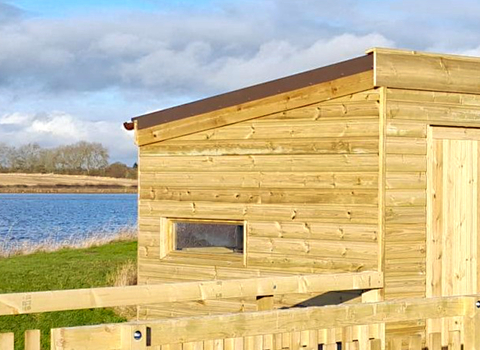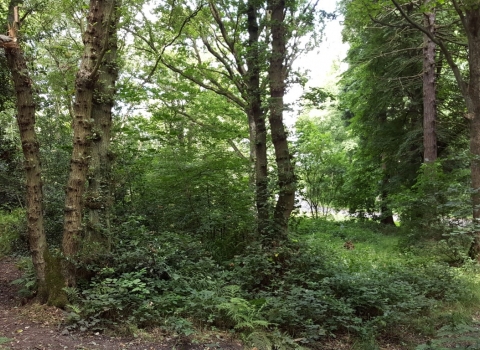Juliet's Wood. Image by: Steven Morris.
Know before you go
Dogs
When to visit
Opening times
24/7/365Best time to visit
April to JuneAbout the reserve
This site is an area of ancient semi-natural woodland in two parts. The area between the woods was formerly agricultural grassland, but was replanted with trees in 1991 and again in 2009. The western wood has a fairly uniform canopy dominated by oak with some rowan, birch and wild cherry. Regeneration is limited to rowan seedlings. The under storey is generally sparse but includes hazel and holly. The field layer is mainly grassy, but to the south it becomes richer, with several plant species indicative of ancient woodland. The trees planted in the central part of the site are predominantly hazel and elm to manage as a coppice.
The ground vegetation here is dominated by coarse grasses, but towards the edge, woodland plants such as dog's mercury occur. There is no access to the smaller eastern wood which is of a similar age and composition to the western area with a canopy dominated by oak. The woods have a very good bird fauna, including barn, tawny and little owls, wood warbler, pied flycatcher and tree creeper. A wide range of mammals also occur including roe deer, badger, stoat and weasel.


